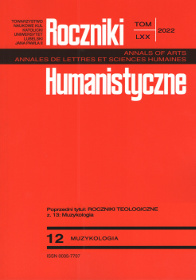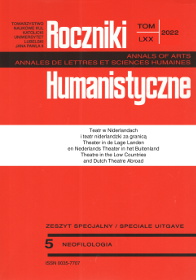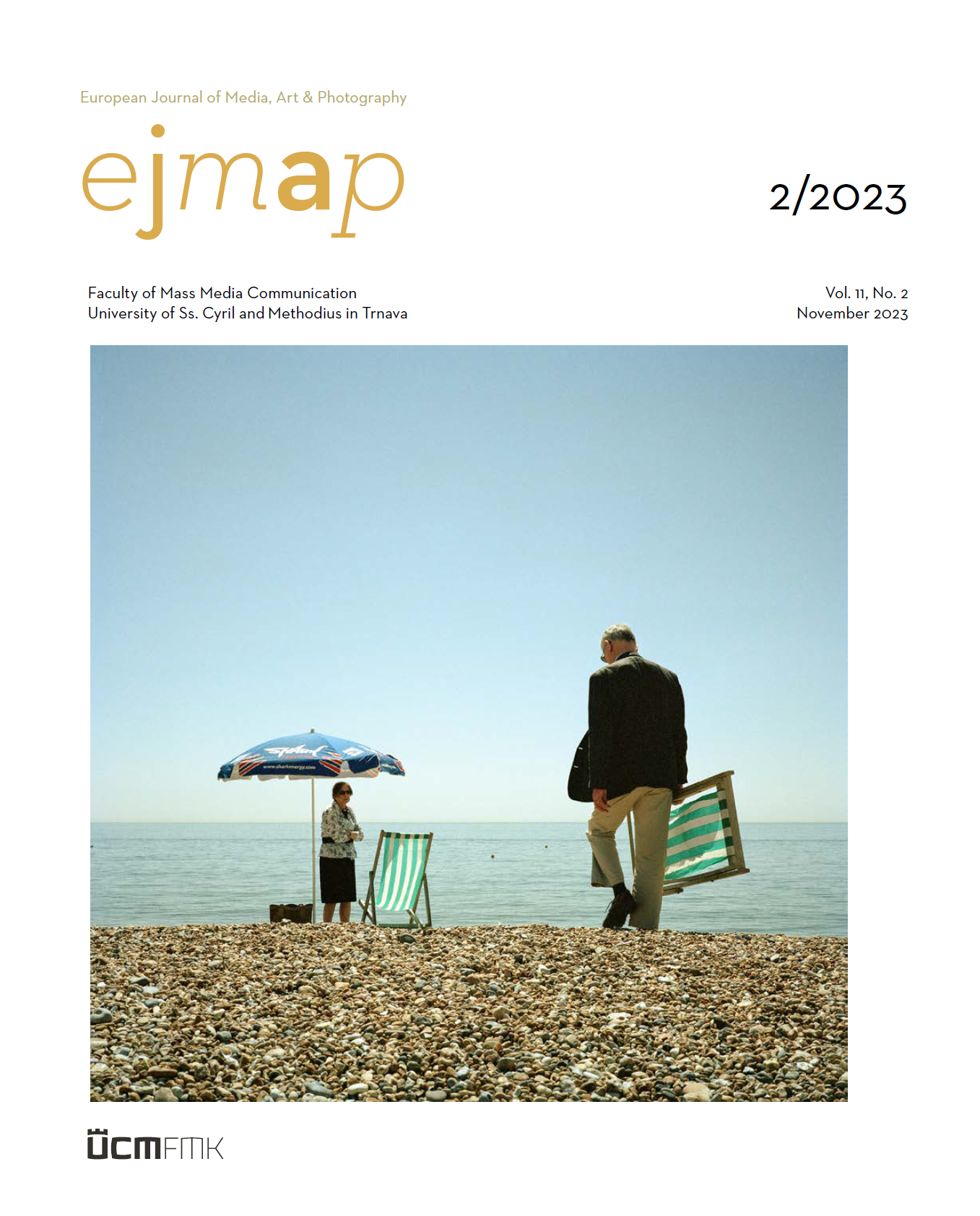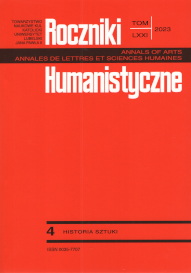
Przemiany w wykonawstwie ludowych śpiewów religijnych z Wąwolnicy (1970-2020). Konfrontacja materiałów archiwalnych z najnowszymi badaniami terenowymi
This article addresses the issue of the performance and variability of folk religious chants from Wąwolnica in Lublin Region from the perspective of transformations, the tracing of which has been made possible by comparing contemporary research expeditions (2019-2020) to the results of archival research from 1970. A selection of the most representative examples of the specifics of a community’s singing is presented in the form of musical transcriptions and by the use of a graphic record of the performance of the songs, acquired through archival and contemporary recordings. The transformations of the chant repertoire, the acceleration of the tempo of some performances, and the reduction of vocal ornamentation, while retaining the features of the melodic-rhythmic variation inherent in the local performance tradition, appear to be characteristic of such singing.
More...


